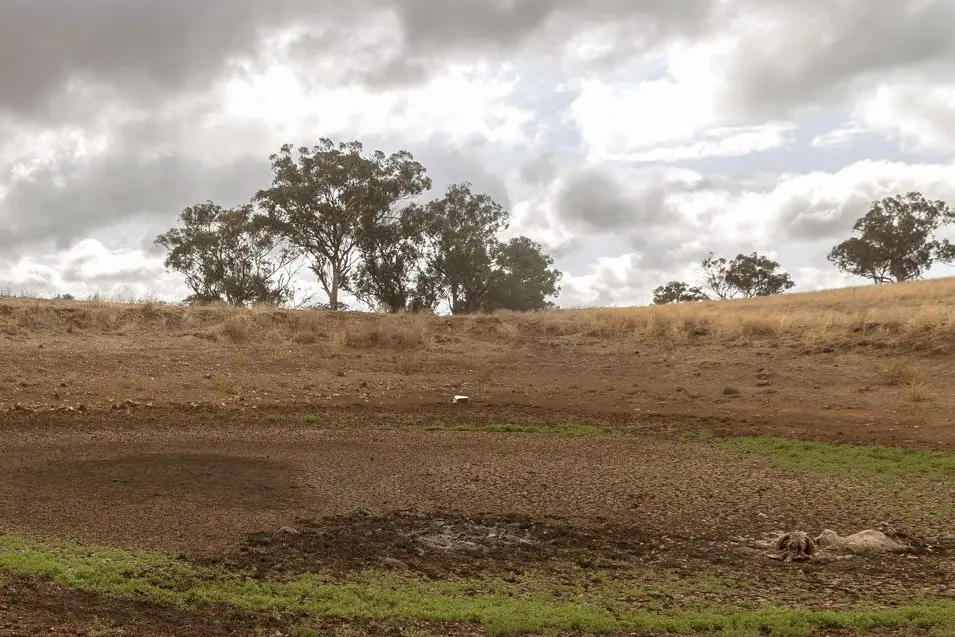PHOTO
AUSTRALIAN Bureau of Agricultural and Resource Economics and Sciences’ (ABARES) latest Insights report provides analysis on the effects of climate variability on Australian cropping and livestock farms.
The report examines both short-term climate risks such as drought and longer-term shifts in climate conditions.
ABARES senior economist Dr Neal Hughes said that an observed shift to hotter and drier conditions over the period 2000 to 2019, relative to the period 1950 to 1999, has had a negative effect on the profits of Australian cropping and livestock farms.
“Average temperatures have increased by about one degree since 1950, while recent decades have also seen a trend toward lower winter season rainfall, particularly in the southwest and southeast of Australia,” Dr Hughes said.
“Controlling for all other factors, we estimate these changes have reduced average farm profits by around 22 per cent.
“These effects have been most pronounced in the cropping sector, reducing average profits by 35 per cent, or $70,900 per year for a typical cropping farm.
“At a national level this amounts to an average loss in production of broadacre crops of 8 per cent or around $1.1 billion a year.
“Although beef farms have been less affected overall, some beef farming regions have been affected more than others, particularly south-western Queensland.”
Similar to past research, this study finds evidence of adaptation, with farmers getting better at managing dry conditions over time.
Our results suggest that without this adaptation the effects of the post-2000 climate shift would have been considerably larger, particularly for cropping farms.
“While recent trends in rainfall have been driven at least in part by climate change, there is still significant uncertainty over long-term future rainfall,” Dr Hughes said.
“The implications of climate change projections for agriculture is an important area for further work.”
ABARES Executive Director Dr Steve Hatfield-Dodds said this study provides robust quantitative analysis of the effects of climate variability and recent shifts in seasonal conditions on Australian broadacre cropping and livestock farms.
“Analysis of this kind is complex, as you need to account for the many factors that affect farm profits, including seasonal conditions, input and output prices, technology and management practices, and farm size,” Dr Hatfield-Dodds said.
“ABARES is only able to do this because of our long-term investments in high quality farm survey data and our multi-year effort to build the farmpredict model.”

